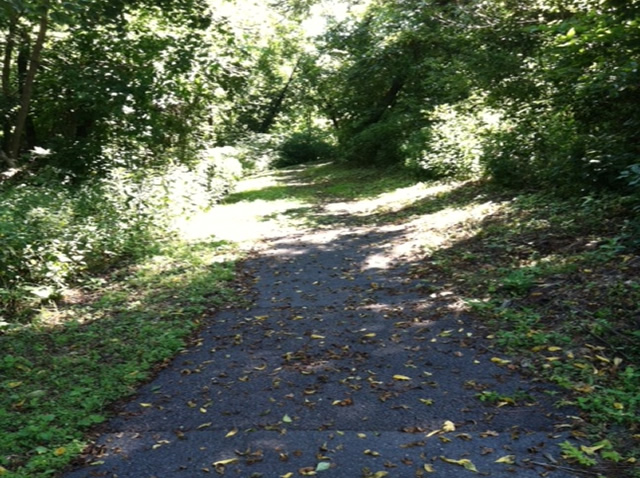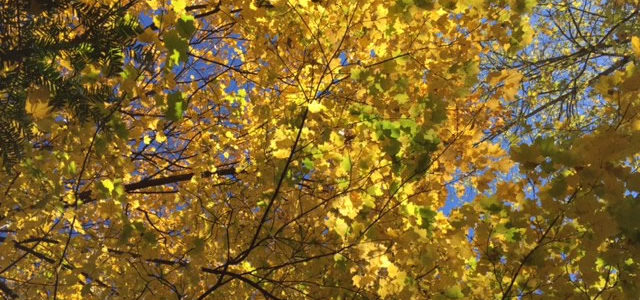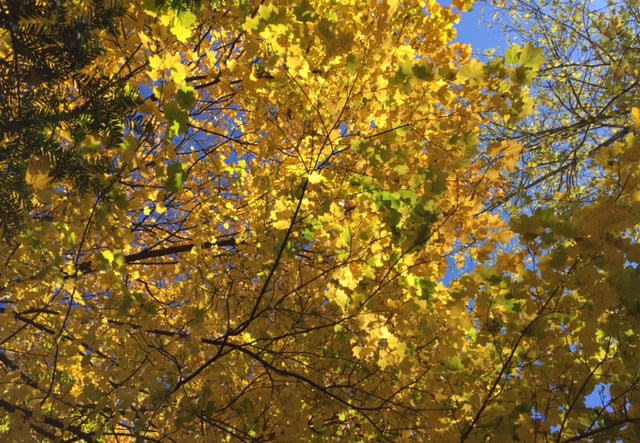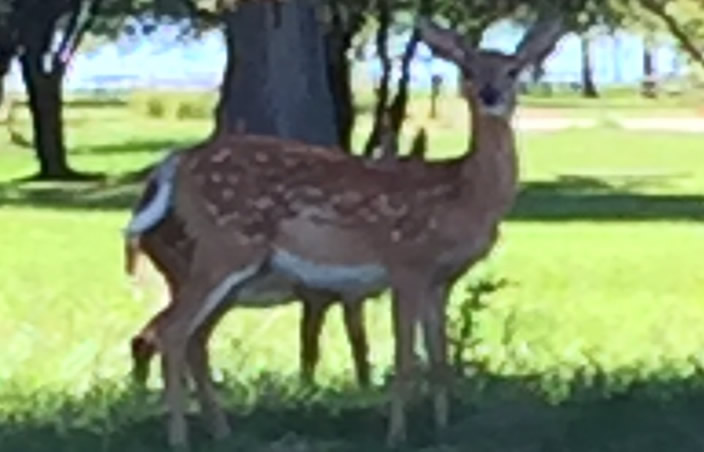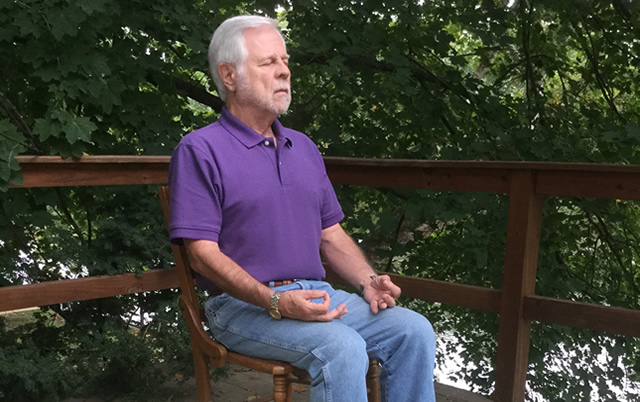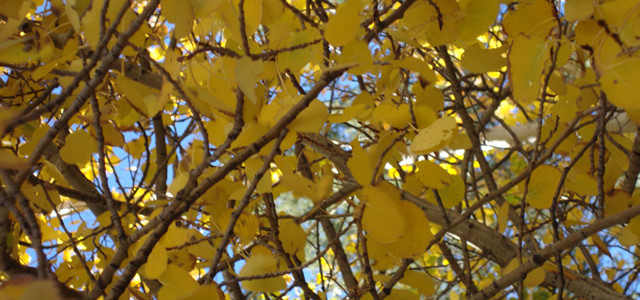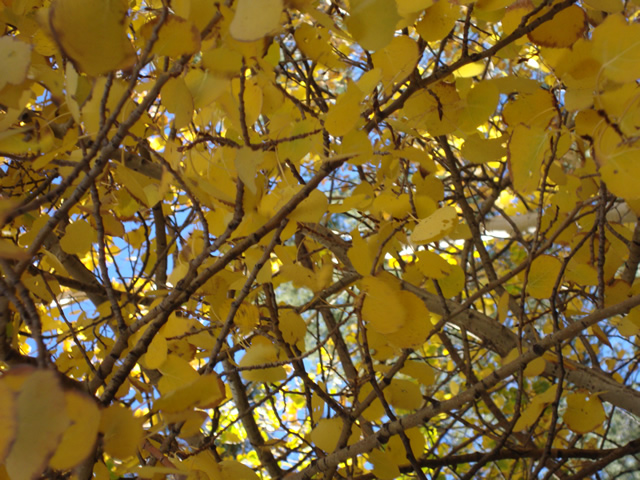In seasons of deep transformation, silence will be your greatest guide.”
…Shauna Niequist in Present Over Perfect
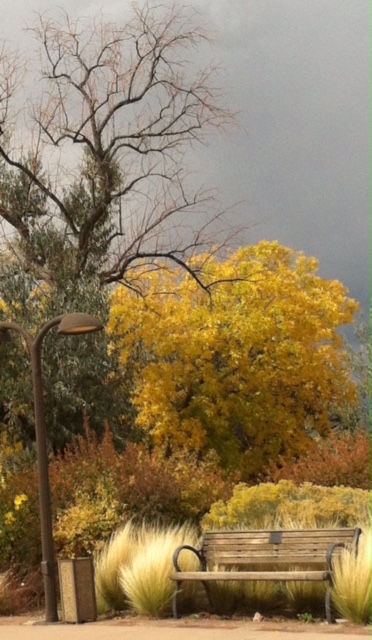 We clearly see the physical transformation of living things around us in the fall. Deciduous trees are among the most visible of autumn’s shapeshifters. Their cloaks of green transform to yellow or orange or red or burgundys and russets. And when the trees are ready, sensing the shortening hours of light and feeling the cooler temperatures, the transfer of water to each leaf and food from the leaves ceases. The trees surrender their leaves to the earth.
We clearly see the physical transformation of living things around us in the fall. Deciduous trees are among the most visible of autumn’s shapeshifters. Their cloaks of green transform to yellow or orange or red or burgundys and russets. And when the trees are ready, sensing the shortening hours of light and feeling the cooler temperatures, the transfer of water to each leaf and food from the leaves ceases. The trees surrender their leaves to the earth.
We notice too a change in the air. Coolness descends in the late afternoon and lingers into the next morning. Squirrels work diligently to fill their larders for winter. The insect voices so characteristic of hot August evenings diminish. The evening is quieter here along the Conodoguinet now.
I, too, find myself thinking I am in a time of transition. Over the years I have seen how my yoga practices have helped me to open to risk and change. I tried new things: teaching a new class and workshops as well as letting go of classes; taking on the study of Vedic Chant; attending church; trying a different strategy to deal with anxiety and depression; deciding I needed to live more completely in sync with my values. For all of this, yoga and the support of my teacher have given me guidance and courage.
Now, I feel again in a place of change, hoping to be more fully present in my relationships, to deepen my learning and teaching of yoga, to work on what I can do to live in harmony with Mother Earth, and to find joy in living each day. Focusing on these priorities requires paring back some activities and maintaining more white space on my calendar. Simply, but not simple, is the need to give myself more space. Like the trees in this fall season, I have to let go of some things to nourish other things, including myself and those closest to me.
What will sustain me in this time of transformation will be my yoga practice, my communities of support, and the quiet in which I can hear the leanings of the spirit.
I wonder how many others of you are feeling the same draw to transition in your lives. If you would like to share your thoughts, please feel free to email or call me. You may find, as I did, that this is a journey that needs a community of support.
